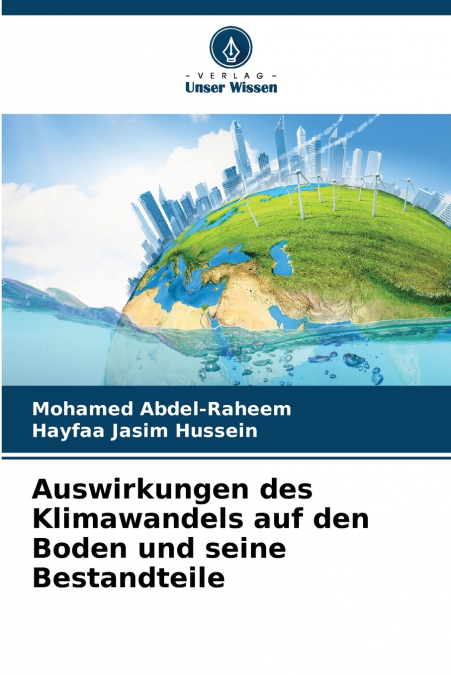
Hayfaa Jasim Hussein / Mohamed Abdel-Raheem
Der Klimawandel wird oft als etwas angesehen, das in der Atmosphäre stattfindet. Denn wenn Pflanzen Photosynthese betreiben, entziehen sie der Atmosphäre Kohlenstoff. Aber der atmosphärische Kohlenstoff wirkt sich auch auf den Boden aus, denn Kohlenstoff, der nicht für das oberirdische Pflanzenwachstum verwendet wird, wird über die Wurzeln einer Pflanze verteilt, die Kohlenstoff im Boden deponieren. Wenn er nicht gestört wird, kann dieser Kohlenstoff stabil werden und für Tausende von Jahren gespeichert bleiben. Gesunde Böden können somit den Klimawandel abmildern. Was die Kohlenstoffspeicherung betrifft, sind nicht alle Böden gleich. Die kohlenstoffreichsten Böden sind Torfböden, die vor allem in Nordeuropa, dem Vereinigten Königreich und Irland zu finden sind. Graslandböden speichern ebenfalls viel Kohlenstoff pro Hektar. Im Gegensatz dazu enthalten die Böden in warmen und trockenen Gebieten in Südeuropa weniger Kohlenstoff. In einigen Teilen Europas können höhere Temperaturen zu einem stärkeren Wachstum der Vegetation und einer höheren Kohlenstoffspeicherung im Boden führen. Höhere Temperaturen können jedoch auch die Zersetzung und Mineralisierung der organischen Substanz im Boden verstärken, wodurch der Gehalt an organischem Kohlenstoff sinkt. In anderen Gebieten wird die kohlenstoffhaltige organische Substanz in stabilen Mooren aufgrund des geringen Sauerstoffgehalts im Wasser an der Zersetzung gehindert.